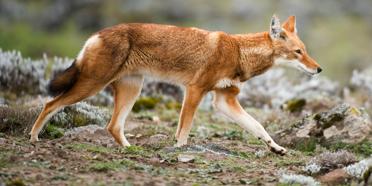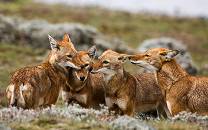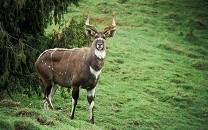
Safari Tours to Bale Mountains NP
-
![5-Day Bale Mountains Trekking]()
5-Day Bale Mountains Trekking
$770 pp (USD)
Ethiopia: Shared tour (max 4 people per vehicle)BudgetCamping
You Visit: Addis Ababa (Start), Bale Mountains NP, Addis Ababa (End)

Ethio Backpacker Tours
5.0/5 – 37 Reviews
-
![17-Day Ethiopia Wildlife Photography Tour]()
17-Day Ethiopia Wildlife Photography Tour
$4,730 pp (USD)
Ethiopia: Shared tour (max 3 people per vehicle)
Mid-range Lodge & ResortYou Visit: Addis Ababa (Start), Simien Mountains NP, Gondar (City), Harar (Town), Aledeghi WR, Awash NP, Lake Ziway, Senkele (Wildlife Sanctuary), Bale Mountains NP, Awasa (City), Addis Ababa (End)

Armaye Ethiopia Tours
5.0/5 – 41 Reviews
-
![10-Day Safari in South Omo Valley and Bale Mountain]()
10-Day Safari in South Omo Valley and Bale Mountain
$1,534 pp (USD)
Ethiopia: Shared tour (max 24 people per vehicle)
Mid-range Lodge & HotelYou Visit: Addis Ababa (Start), Arba Minch (City), Jinka (Lower Omo Valley), Turmi (Lower Omo Valley), Konso (Cultural Village), Yirga Alem (Town), Bale Mountains NP, Addis Ababa (End)

Finot Tour Ethiopia
4.9/5 – 11 Reviews

 Ethiopia Parks
Ethiopia Parks










